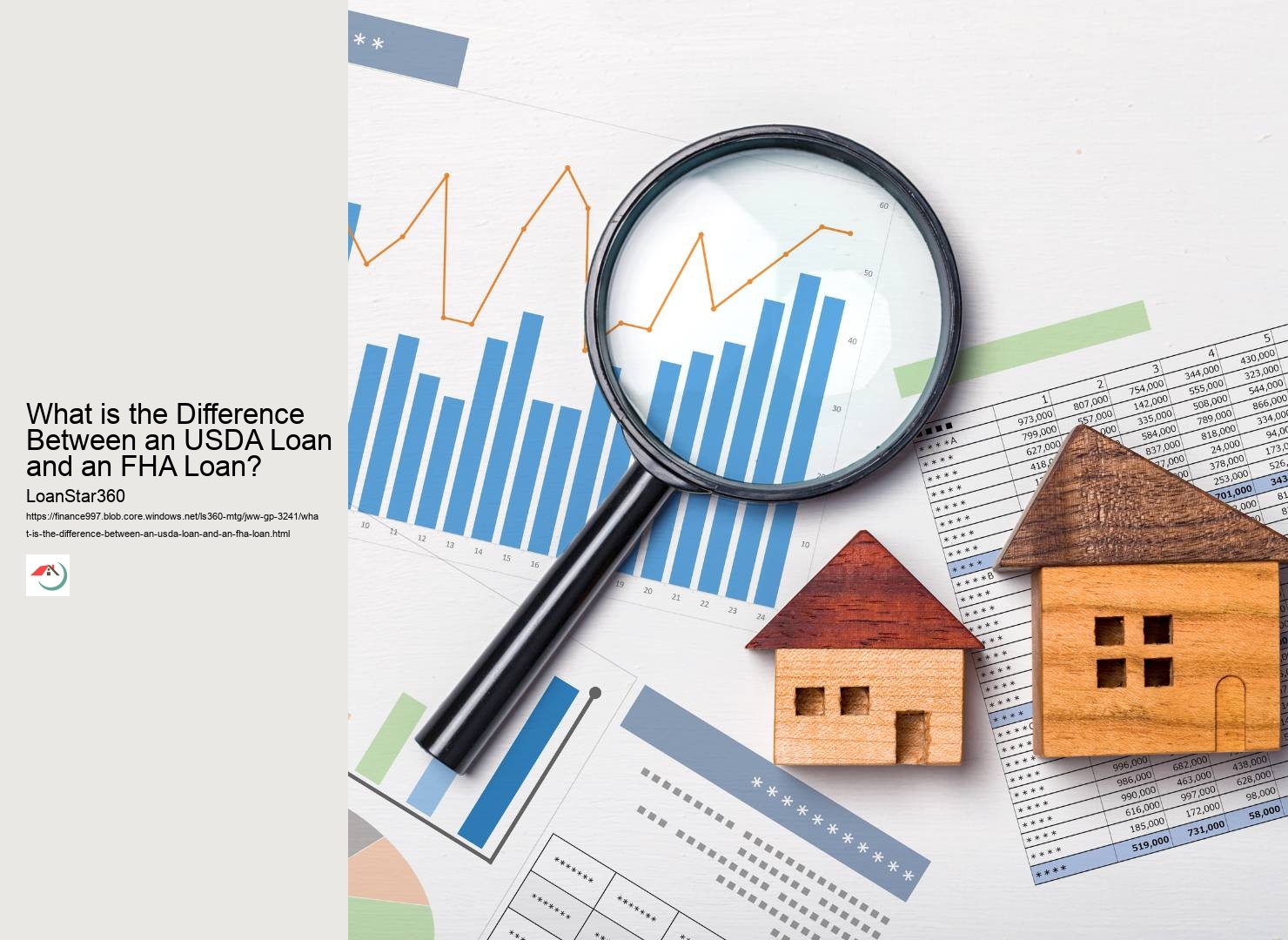
An USDA Loan and an FHA Loan are two common types of home loan programs that offer borrowers with low to moderate incomes an opportunity to obtain a mortgage. The What is the Difference Between an USDA Loan and an FHA Loan? is that the previous is created for rural homes and the last is readily available for homes in both urban as well as rural areas. These loans are popular due to the fact that they don't require large down payments, have more lenient qualification criteria than conventional home loans, and offer competitive interest rates. But what's the difference between these two loan options?
Well, first off, both of these loans are backed by the federal government - meaning your lender is protected against losses in case you default on your loan. That said , there are still some key differences between them: An USDA Loan requires no down payment whatsoever - so you can buy a home without any money out-of-pocket! On the flip side, an FHA Loan typically requires a 3.5% minimum down payment. In addition, USDA Loans may have lower interest rates for borrowers with good credit scores, whereas the FHA Loan usually has a fixed rate regardless of credit score.
If you're wondering, What is the Difference Between an USDA Loan and an FHA Loan? is that the former is designed for country residential or commercial properties as well as the latter is offered for residential or commercial properties in both urban as well as rural areas.
Finally (4), it's important to note that USDA Loans can only be used for single family residences located in rural areas as designated by the US Department of Agriculture – whereas FHA Loans can be used for almost any type of property located anywhere in the United States! Also, unlike an USDA Loan, an FHA Loan does not have any income limits for eligibility!
In conclusion (5), although both USDA and FHA Loans provide access to affordable mortgage financing for those with limited means, they differ significantly when it comes to required down payments and eligible properties. So if you're looking to purchase a new home without having to make a large down payment – consider both of these options before making a final decision!